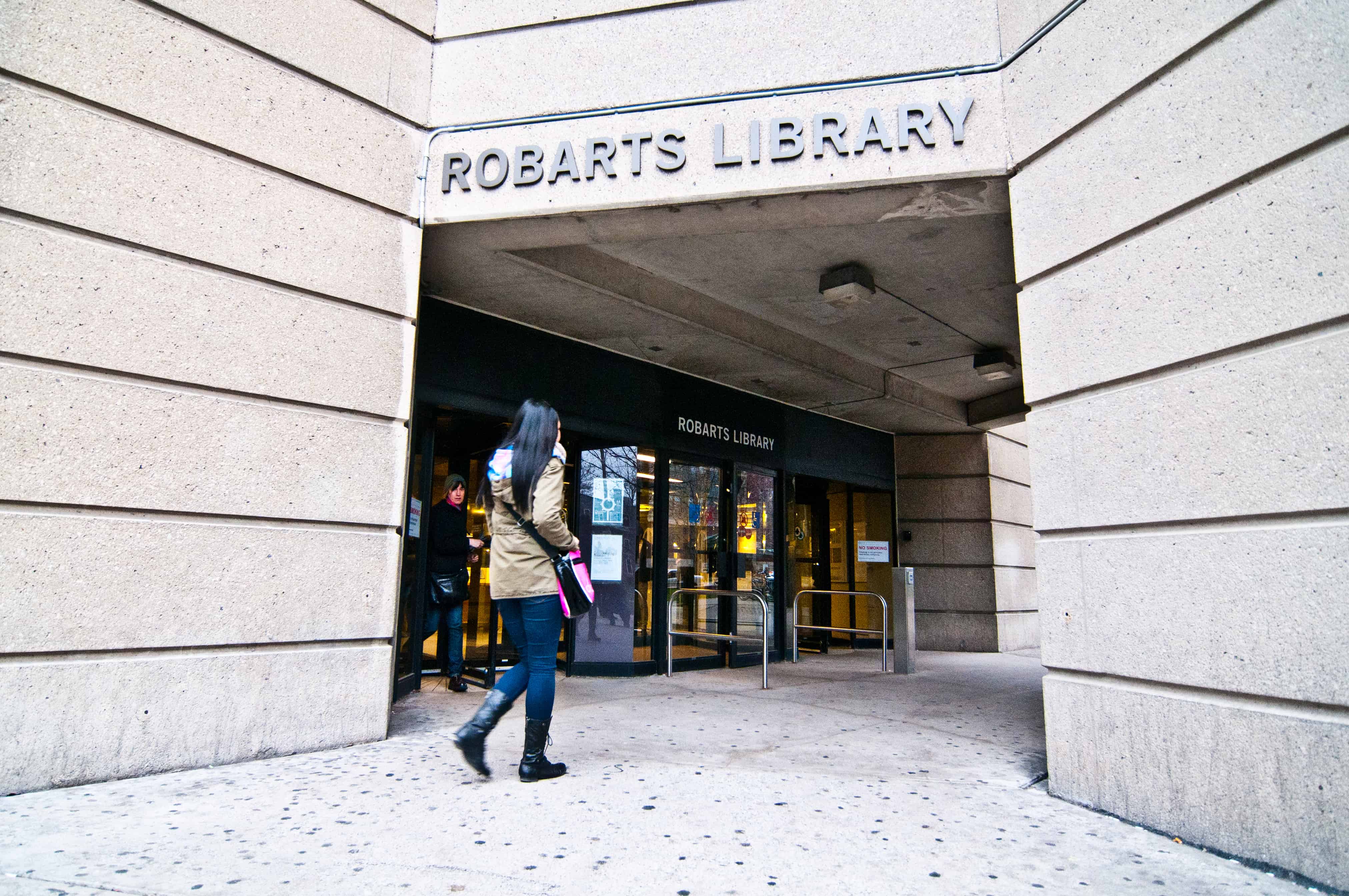University of Toronto Libraries released a working draft of their 2013–2018 strategic plan “Charting the Future” on August 1. U of T’s library system is the largest in Canada, and the third-largest in North America. Over the next five years U of T intends to expand the existing collection — both physically and digitally — as well as attempting to locate new revenue streams. The draft was created following months of consultations with faculty, students, and staff. While the plan is now going through a second round of consultation to determine more specific implementation goals, some of what U of T students can expect from the library system is already clear.
The Personal Librarian Program (PLP), will be expanded over the coming years, following a pilot project that ran last year. The PLP was adapted from a similar program at Yale University.
At Yale, every first- and second -year student is matched with an individual librarian. The hope is that by providing new students with a name and a direct way to contact someone, they will be more likely to benefit from the research and other assistance a librarian can offer.
The director of undergraduate programs at the Yale University Library Emily Horning, said the response to the program, running since 2007, has been overwhelmingly positive. According to Horning, of the 2,700 students who have access to the program annually, only 10-20 per cent typically contact their assigned librarian. In Yale’s case, 40 librarians a year take on an extra 4–6 hours weekly to accommodate the program, no staff were hired to handle the additional work load, explained Horning, noting that the programs benefits extend beyond connecting students with librarians: “the program is an effective tool for alumni/donor relations, in fact the Class of ‘77 has just given us a generous gift to help support the program.”
Chief Librarian Larry Alford described the U of T pilot as “quite successful” and said that it will be a priority for U of T in the coming years.
Another notable development is the $42 million Robarts expansion plan, drawn up over the past three years. U of T Libraries will continue to fundraise the remaining $22 million still needed for the 1200 student-seat project, which will be built on the Huron Street side of the mammoth building. New collaborative spaces for group study will be made available, as well as quiet areas where students can study independently.
Alford calls U of T’s libraries a “national treasure,” highlighting the imperative for the Libraries to figure out how to capture and curate digital data that can quickly move and seemingly disappear online, such as political and social media content from the Arab Spring.
“Many libraries have the pamphlets from the French Revolution which are paper, you can trace the ideas and the changes of ideas,” said Alford, “how that is going to happen with social and electronic communication is a big question.”
Collaborating with other universities to expand U of T’s store of content that would otherwise be difficult to acquire is also part of the proposed five year plan. U of T has many partnerships around the world, a recent example being with Columbia University wherein its Tibetan and Buddhism collections are shared conjointly with U of T scholars. These texts would otherwise be difficult to acquire as they are published in universities in Asia and exist in limited quantities.
Preserving data from graduate students work is also a task that will be pursued more thoroughly. Much work that gets produced by graduate and PhD students doesn’t get properly stored at this time, unless it’s formally published.
“We have a lot of the original data from the insulin studies by Banting and Best, because we have their lab notes and lab notebooks,” said Alford, “For discoveries like that that are happening today, where is that data going to be preserved 30 or 40 years from now?”
The detailed strategy for the University of Toronto Libraries will be released after several months of discussion on how to translate the broad themes in this draft into specific, achievable goals.


